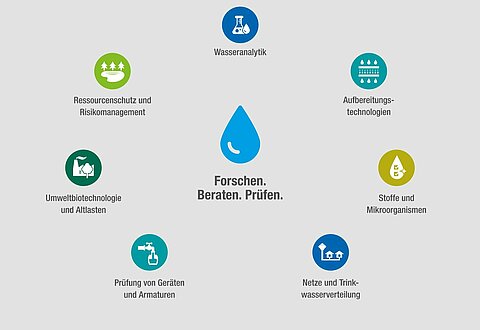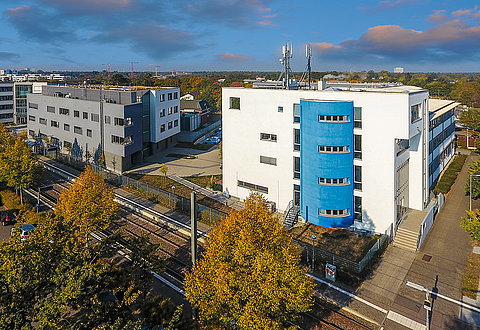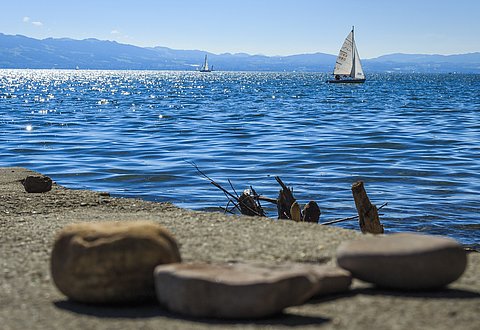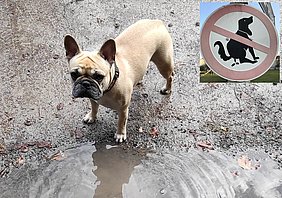The detection of indicator bacteria (e.g. E. coli) shows a fecal contamination in the water, but does not allow conclusions to be drawn about the original source. Using microbial source tracking methods (MST), it is possible to trace the origin of such contaminants.
The implementation of efficient and cost-effective measures to improve microbiological water quality requires the determination of the origin and extent of fecal contamination. The more information about the catchment area and the fecal contamination is available, the more targeted administrative or technical measures can be taken. The determination of indicator bacteria makes it possible to detect impairments in water quality caused by fecal inputs, but does not provide any information on the origin of the contamination. New predominantly molecular biological methods have the potential to assign the origin of fecal inputs to possible sources. These methods are also called Microbial Source Tracking (MST) methods. Promising genetic markers for MST applications include host-specific Bacteroides 16S rRNA gene segments or regions of eukaryotic mitochondrial DNA (mtDNA).
The overall objective of the research project was the development and testing of new methods for the identification of fecal input sources on a catchment scale. The practical suitability of the new molecular biological markers was assessed in terms of specificity, sensitivity and stability. The results of the investigations show that established microbial source tracking methods provide very sensitive and specific tools for the identification of fecal.
By the investigation of MST markers, statements could be made about the occurrence and the strength of specific fecal loads in two urban and two rural catchment areas. Input sources of contamination were identified and proposals for targeted actions in the catchment areas were derived. Overall, the results show the practical suitability and potential of the molecular biological MST methods.
Publications
Stange C., Tiehm A.: Molekularbiologische Identifizierung fäkaler Eintragsquellen in einem Karst-Einzugsgebiet. Veröffentlichungen aus dem Technologiezentrum Wasser, ISSN 1434-5765, TZW-Band 65: 35-50 (2014)
Stange C., Yin D., Xu T., Guo X., Schäfer C., Tiehm A.:
Distribution of clinically relevant antibiotic resistance genes in Lake Tai, China. Science of the Total Environment 655: 337-346 (2019) DOI 10.1016/j.scitotenv.2018.11.211
The volumes of the TZW publications can be ordered here.


![[Translate to English:] Prüfstelle-Produktprüfung_Teststand Test centre and product testing](/fileadmin/_processed_/0/9/csm_TZW-Karlsruhe_Pruefung_Geraete-Teststand_444204ae51.jpg)
























